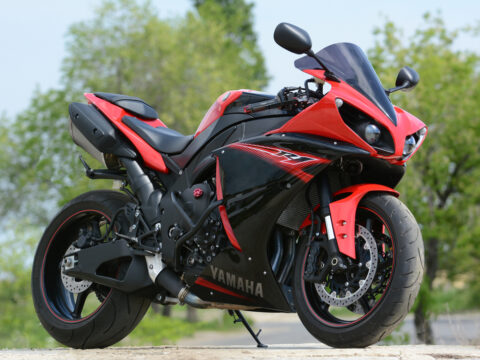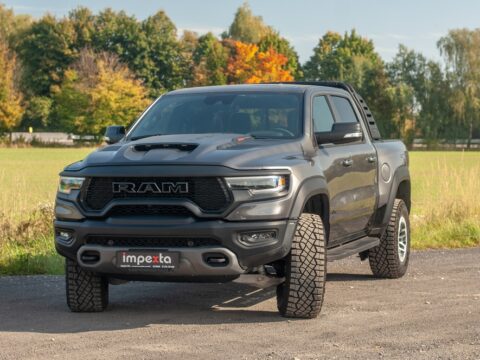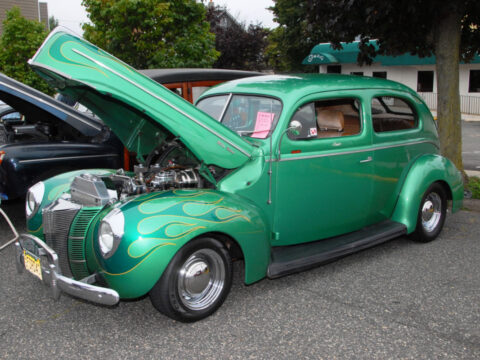Vintage airplanes hold a timeless charm, representing the early days of aviation when design and function came together in elegant and often groundbreaking ways. Some of the most beautiful vintage aircraft stand out for their sleek lines, graceful wingspans, and iconic presence in the sky. In this article, we’ll explore the most beautiful vintage airplanes in aviation history, from legendary fighters to classic passenger planes. These aircraft not only made history but continue to capture the imaginations of aviation enthusiasts with their stunning aesthetics and pioneering spirit.
Contents
Lockheed Constellation (1943)

The Lockheed Constellation, often referred to as the “Connie,” is widely regarded as one of the most beautiful airplanes in aviation history due to its sleek, dolphin-like fuselage and distinctive triple-tail design. Developed in the early 1940s, the Constellation was powered by four Wright R-3350 radial engines, each producing 2,200 horsepower, giving it a maximum speed of 330 mph. It served as a long-range commercial airliner and military transport during World War II. Its elegant curves, powerful engines, and smooth flight characteristics made it a favorite among pilots and passengers. The Connie became a symbol of luxury air travel in the post-war era, flying for airlines like TWA and Pan Am.
Douglas DC-3 (1935)
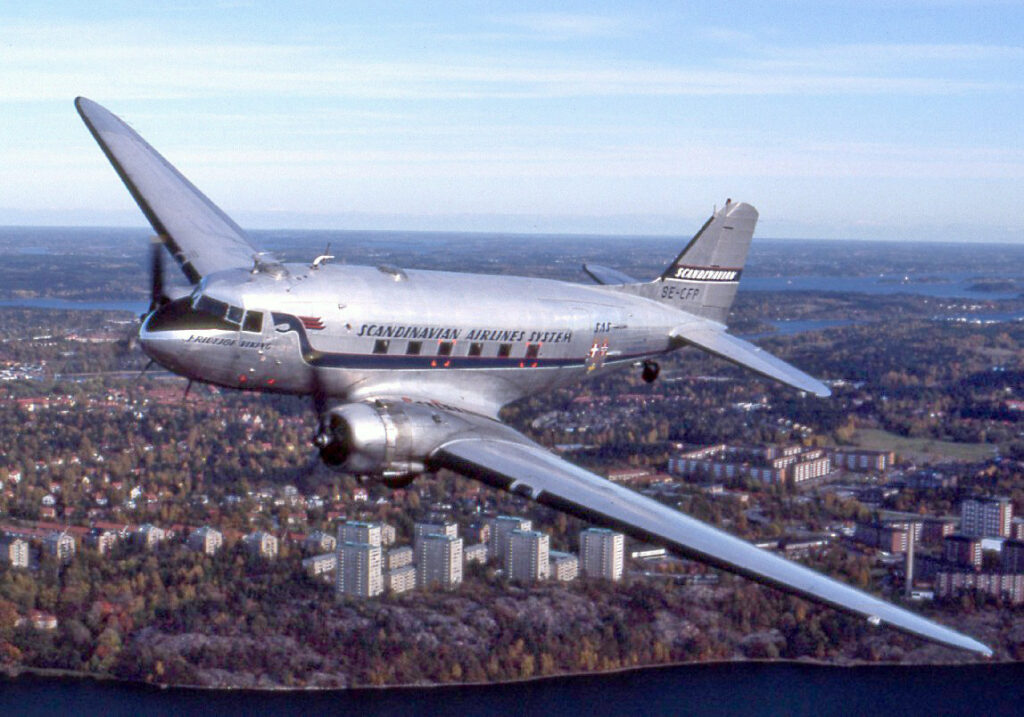
The Douglas DC-3 is one of the most iconic and enduring aircraft in history, known for its beautiful design and role in revolutionizing air travel. With its sleek, streamlined shape and twin-engine configuration, the DC-3 was powered by two Pratt & Whitney R-1830 Twin Wasp radial engines, each producing 1,200 horsepower. First flown in 1935, the DC-3 could carry 21 passengers and had a range of 1,500 miles. It became the backbone of many airlines and military transport fleets, earning a reputation for reliability and efficiency. Its timeless design and lasting legacy make it a standout in aviation history.
Supermarine Spitfire (1936)
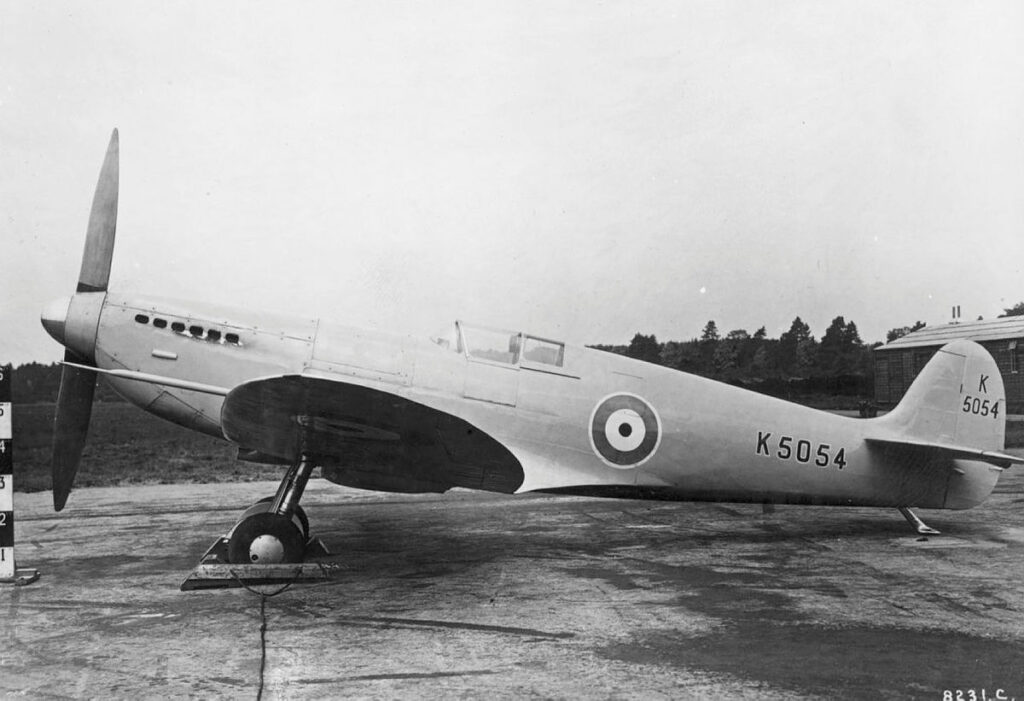
The Supermarine Spitfire is often celebrated as one of the most beautiful fighter planes ever designed, thanks to its graceful elliptical wings and streamlined fuselage. Developed in the mid-1930s, the Spitfire was powered by a Rolls-Royce Merlin V12 engine, delivering up to 1,470 horsepower and allowing it to reach speeds of over 370 mph. The Spitfire played a crucial role in the Battle of Britain during World War II and became a symbol of British resilience. Its elegant design, impressive agility, and contribution to the war effort have cemented its place as an iconic aircraft.
Boeing 314 Clipper (1938)
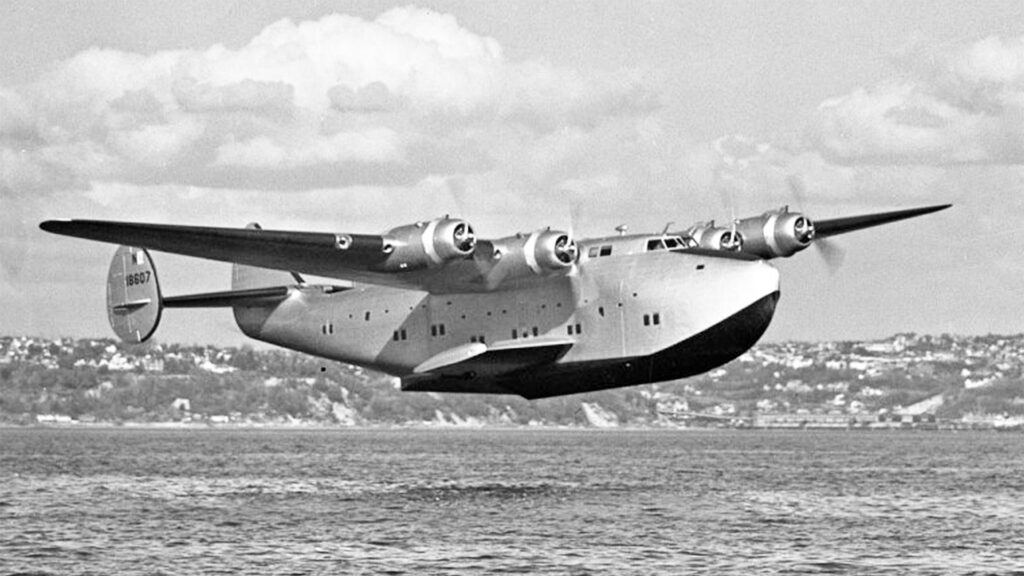
The Boeing 314 Clipper was a majestic flying boat that symbolized luxury and elegance in the pre-war era of transoceanic travel. Powered by four Wright R-2600 Twin Cyclone engines, each producing 1,600 horsepower, the 314 Clipper could carry up to 74 passengers on long-range flights across the Atlantic and Pacific. Its sleek, art-deco-inspired design, with a high-wing configuration and boat-like hull, made it one of the most graceful aircraft of its time. The Clipper became synonymous with Pan American World Airways, offering luxurious accommodations that included sleeping berths and dining areas, making it a true symbol of the golden age of flight.
North American P-51 Mustang (1940)
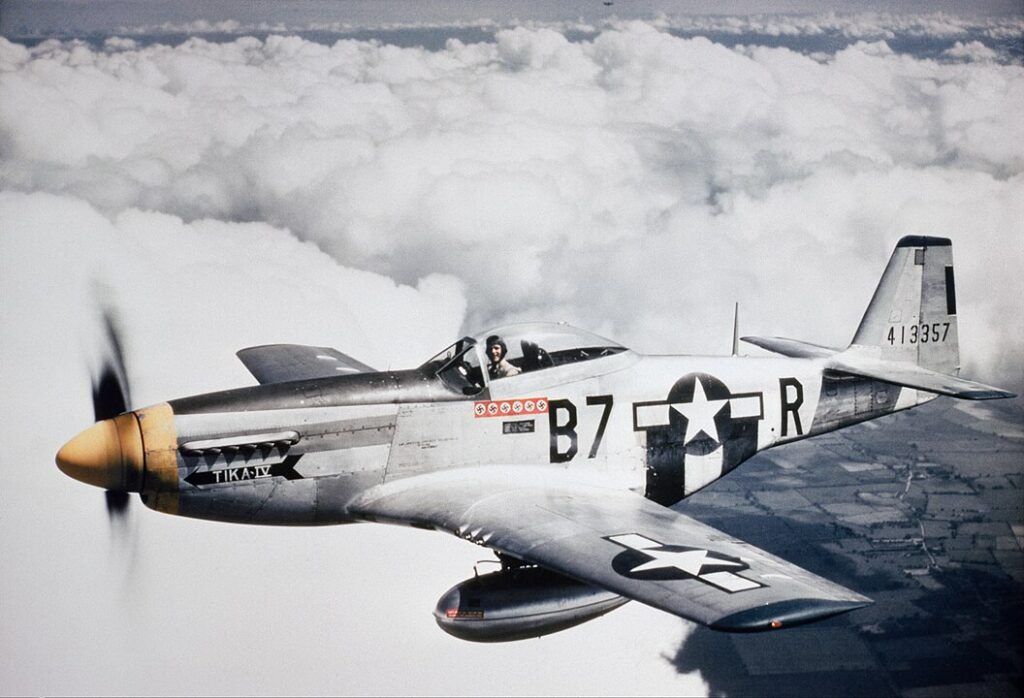
The North American P-51 Mustang is one of the most beautiful and successful fighter planes of World War II, known for its sleek lines and unmatched performance. Powered by a Rolls-Royce Merlin V12 engine, the Mustang could reach speeds of 437 mph and had a range of over 1,500 miles with external fuel tanks. Its long, elegant fuselage and laminar flow wings contributed to its aerodynamic efficiency, making it a formidable escort fighter for long-range bombing missions. The P-51’s combination of speed, range, and firepower, along with its striking appearance, made it a legend in aviation history.
de Havilland Dragon Rapide (1934)
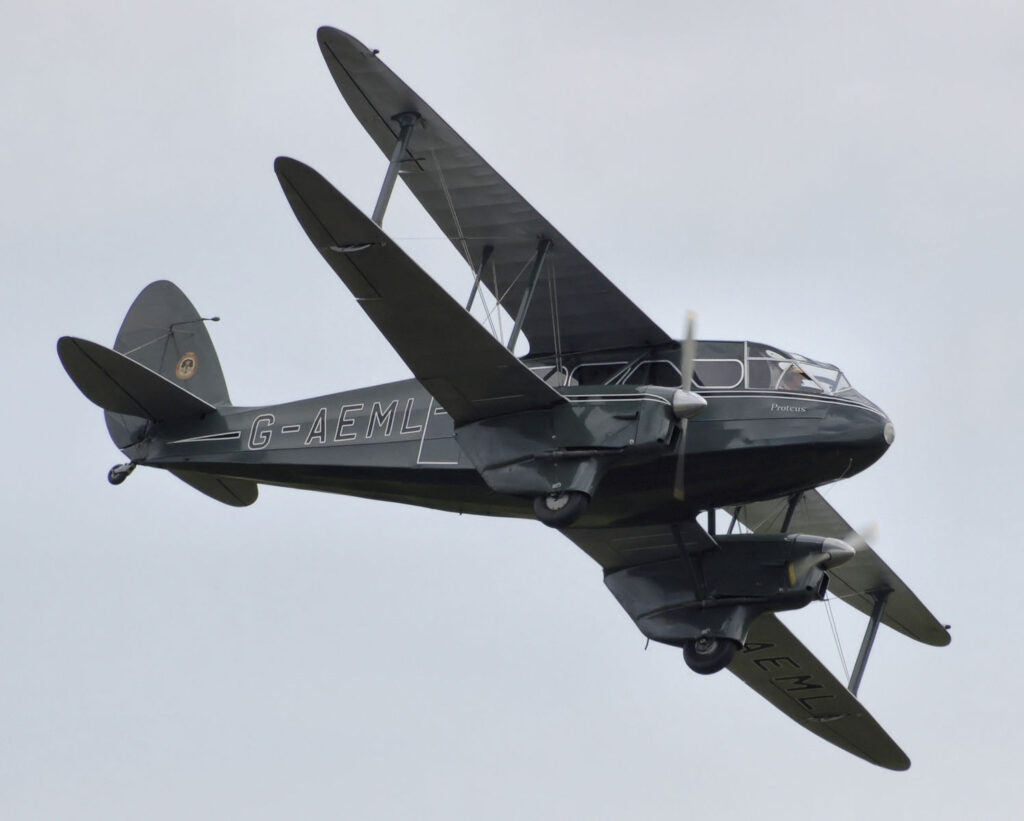
The de Havilland Dragon Rapide is a vintage biplane airliner that exudes classic elegance with its graceful lines and twin-engine configuration. First flown in 1934, the Dragon Rapide was powered by two de Havilland Gipsy Six engines, each producing 200 horsepower, allowing it to cruise at 140 mph. The aircraft could carry up to eight passengers and was widely used for both civilian and military purposes. Its retro charm, with a biplane design and enclosed cabin, made it a popular choice for short-haul flights in the 1930s and 1940s, earning it a reputation as one of the most stylish airliners of its time.
Curtiss JN-4 “Jenny” (1915)
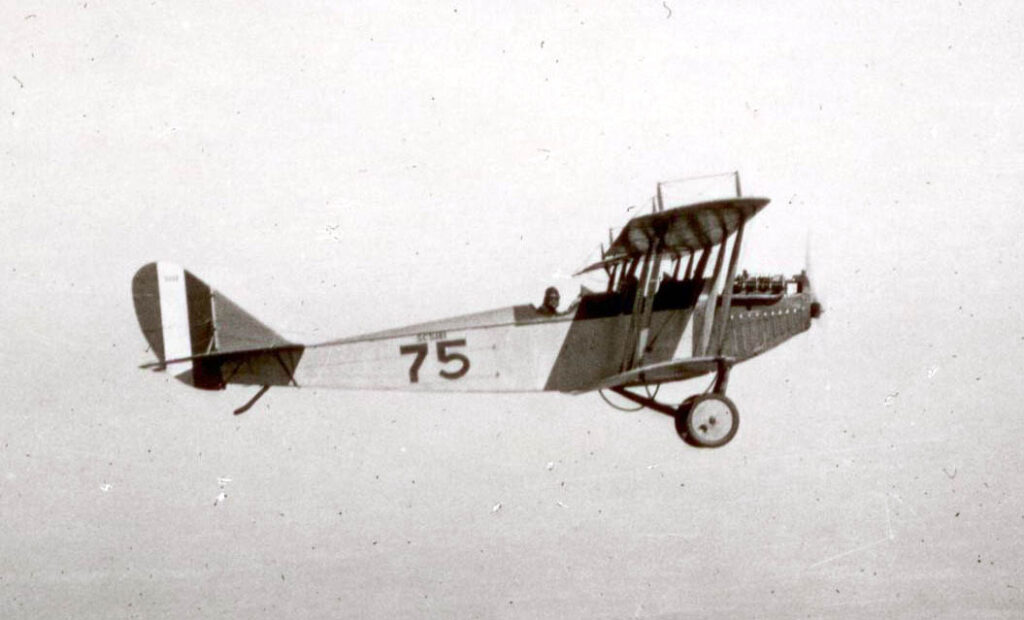
The Curtiss JN-4 “Jenny” was a biplane trainer that became one of the most iconic aircraft of World War I and the post-war barnstorming era. Powered by a Curtiss OX-5 V8 engine with 90 horsepower, the Jenny had a top speed of 75 mph and was primarily used to train military pilots. Its open-cockpit, fabric-covered design and wooden frame gave it a classic, vintage appearance. After the war, surplus Jennies were sold to civilian pilots, who used them for barnstorming, air shows, and mail delivery. The Jenny’s graceful biplane design and historical significance make it one of the most beautiful early aircraft.
Lockheed Vega (1927)
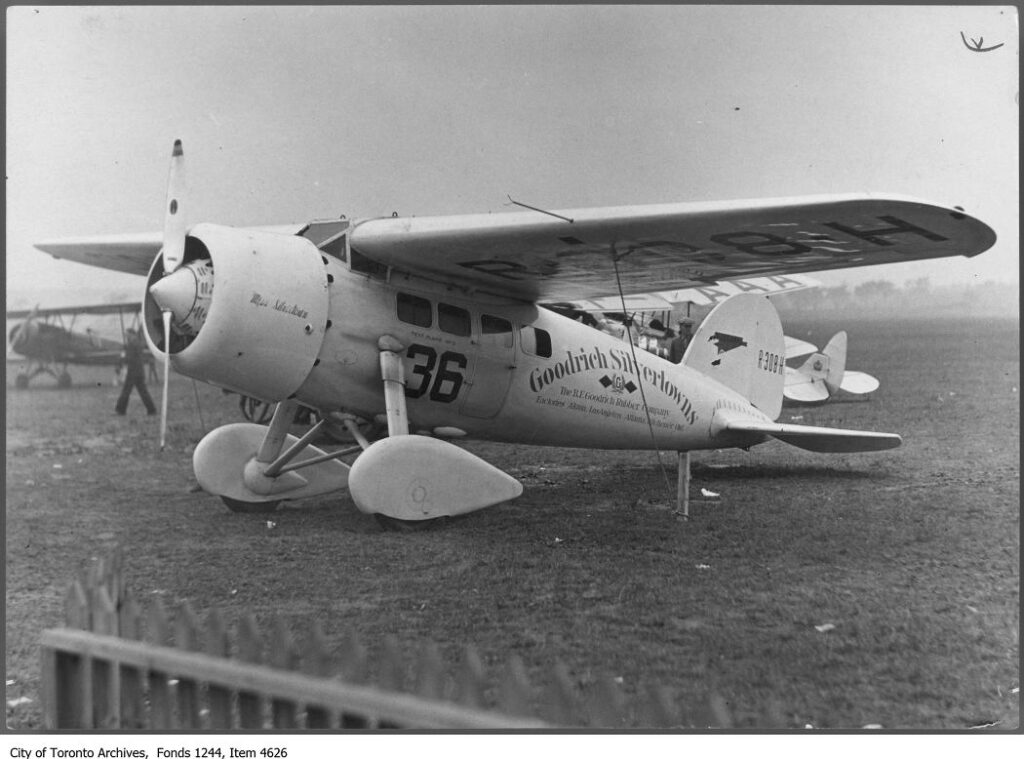
The Lockheed Vega is a striking high-wing monoplane that gained fame in the late 1920s and early 1930s for its record-breaking flights. Powered by a Pratt & Whitney R-1340 Wasp radial engine with 450 horsepower, the Vega had a top speed of 165 mph and a range of 1,000 miles. Its sleek, streamlined fuselage and high-performance capabilities made it the aircraft of choice for famous aviators like Amelia Earhart and Wiley Post. The Vega’s minimalist yet elegant design, combined with its impressive flying abilities, make it a standout in vintage aviation history.
Fokker F.VII (1924)

The Fokker F.VII is a classic tri-motor airliner that became one of the most recognizable aircraft of the 1920s. With its distinctive three-engine configuration, the Fokker F.VII was powered by three Wright J-5 Whirlwind radial engines, each producing 220 horsepower. It was capable of carrying 8 to 12 passengers and had a cruising speed of 105 mph. The Fokker F.VII gained fame for pioneering long-distance flights, including the first transatlantic flight by the “Southern Cross.” Its robust design, high-wing configuration, and historical significance make it a beautiful symbol of early aviation exploration.
Junkers Ju 52 (1932)

The Junkers Ju 52, affectionately known as “Tante Ju” (Aunt Ju), is a tri-motor transport aircraft known for its corrugated metal skin and distinctive profile. Developed in the early 1930s, the Ju 52 was powered by three BMW 132 radial engines, each producing 725 horsepower. It served as a civilian airliner and military transport during World War II. Its rugged design, reliability, and versatility made it a workhorse of the skies. Despite its utilitarian role, the Ju 52’s unique design and historical legacy give it an undeniable charm that resonates with aviation enthusiasts.
Grumman Goose (1937)
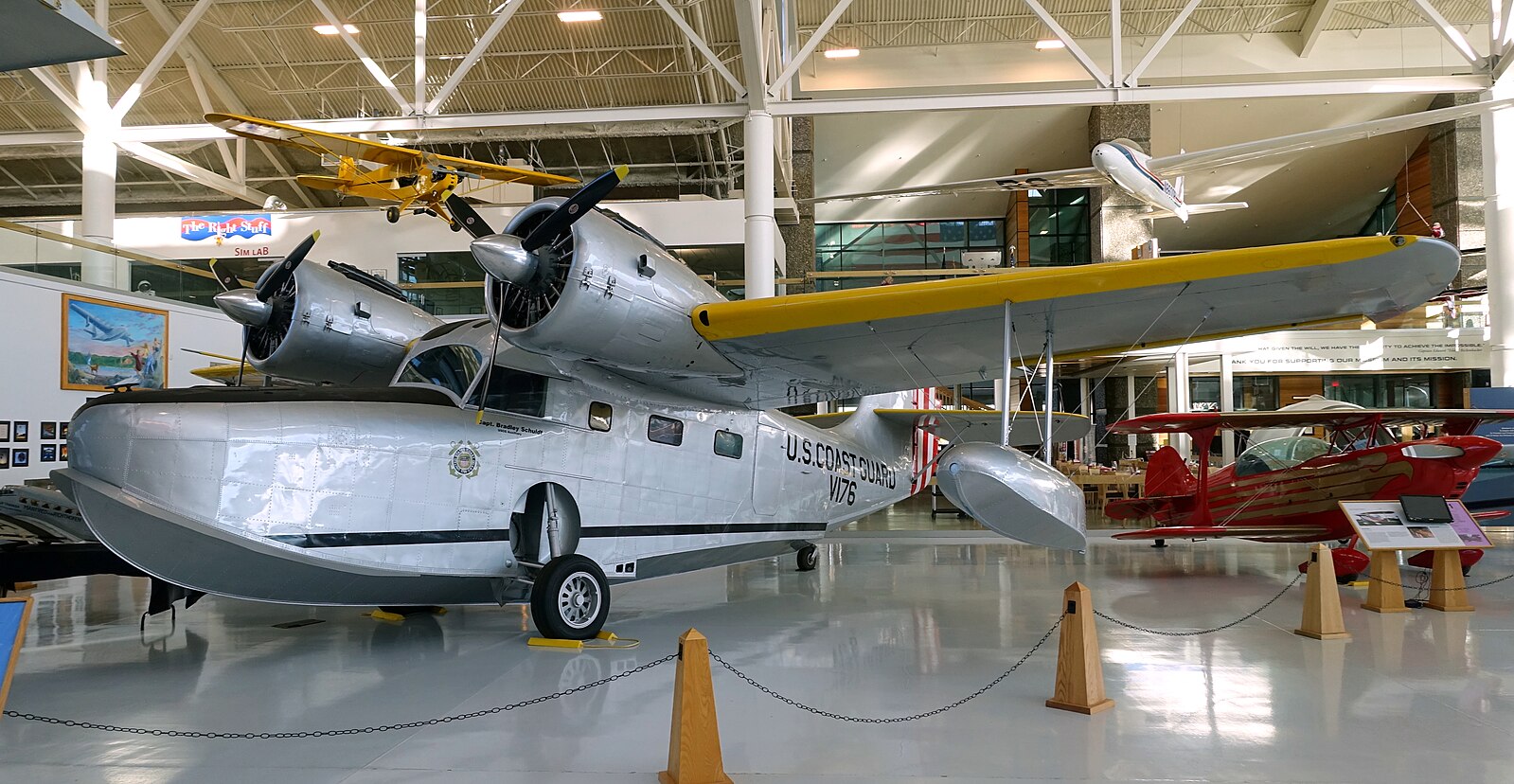
The Grumman Goose is an amphibious flying boat that became known for its distinctive design and versatility during the 1930s and 1940s. Powered by two Pratt & Whitney R-985 radial engines, the Goose had a top speed of 201 mph and was used for military transport, air-sea rescue, and commercial flights to remote locations. Its sleek, twin-engine design, combined with its ability to land on both water and land, made it a favorite among pilots operating in rugged environments. The Grumman Goose’s classic lines and amphibious capabilities make it a beloved aircraft in vintage aviation circles.
Sopwith Camel (1916)
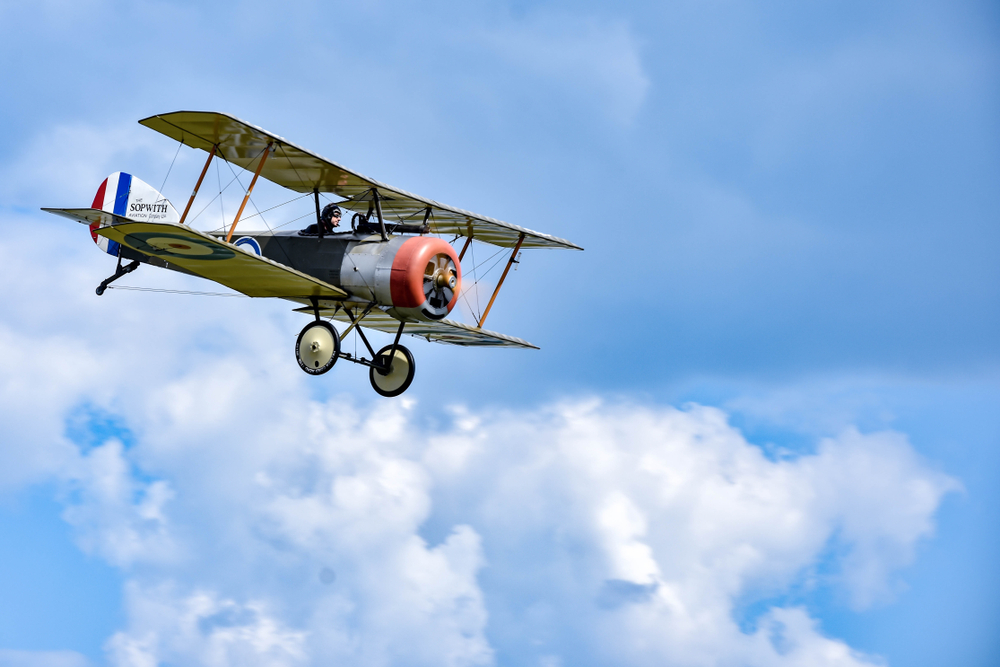
The Sopwith Camel is one of the most famous fighter planes of World War I, known for its distinctive biplane design and excellent maneuverability. Powered by a Clerget 9B rotary engine producing 130 horsepower, the Camel had a top speed of 115 mph and was armed with twin Vickers machine guns. Its compact, agile design allowed it to dominate aerial combat during the war, earning it a fearsome reputation. The Sopwith Camel’s historical significance, combined with its graceful biplane structure, makes it a standout in vintage aviation history.
Beechcraft Model 17 Staggerwing (1932)
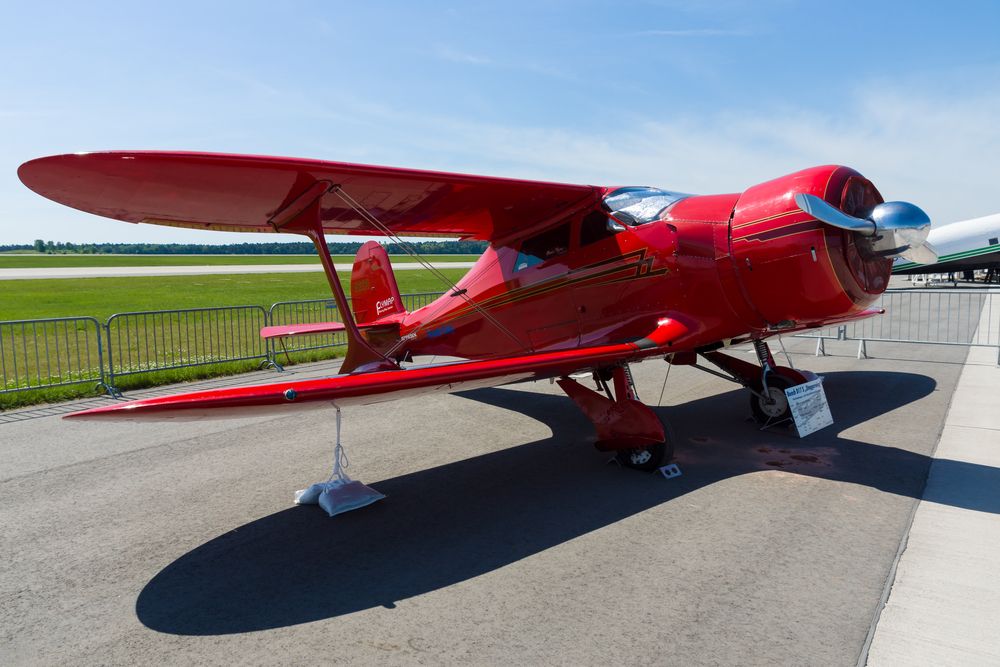
The Beechcraft Model 17 Staggerwing is a luxurious biplane that became an icon of the 1930s for its unique “staggered” wing design, with the lower wing positioned forward of the upper wing. Powered by a range of engines, including the Pratt & Whitney R-985 radial engine with 450 horsepower, the Staggerwing could reach speeds of 200 mph. Its combination of speed, elegance, and comfort made it popular with business executives and wealthy travelers. The Staggerwing’s art-deco styling and plush interior made it one of the most beautiful and desirable aircraft of its era.
Northrop Alpha (1930)
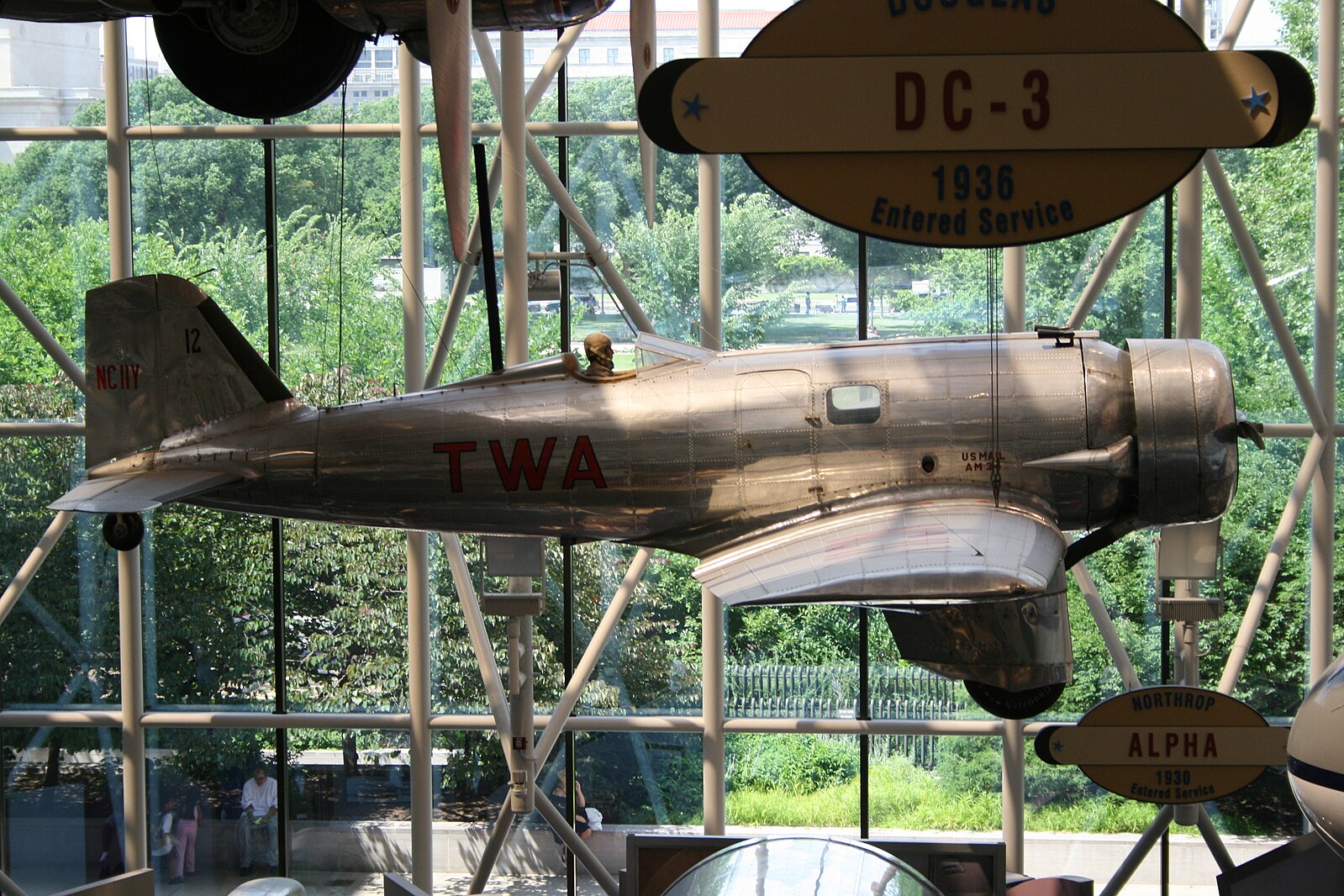
The Northrop Alpha is a sleek, all-metal monoplane known for its innovative design and role in early commercial aviation. Powered by a Pratt & Whitney Wasp radial engine producing 420 horsepower, the Alpha had a top speed of 150 mph and a range of 680 miles. Its streamlined fuselage and smooth metal skin set it apart from the fabric-covered aircraft of the time. The Alpha was used by Transcontinental & Western Air (TWA) for early coast-to-coast flights in the U.S., and its advanced design paved the way for future innovations in commercial aviation.
Boeing Model 247 (1933)
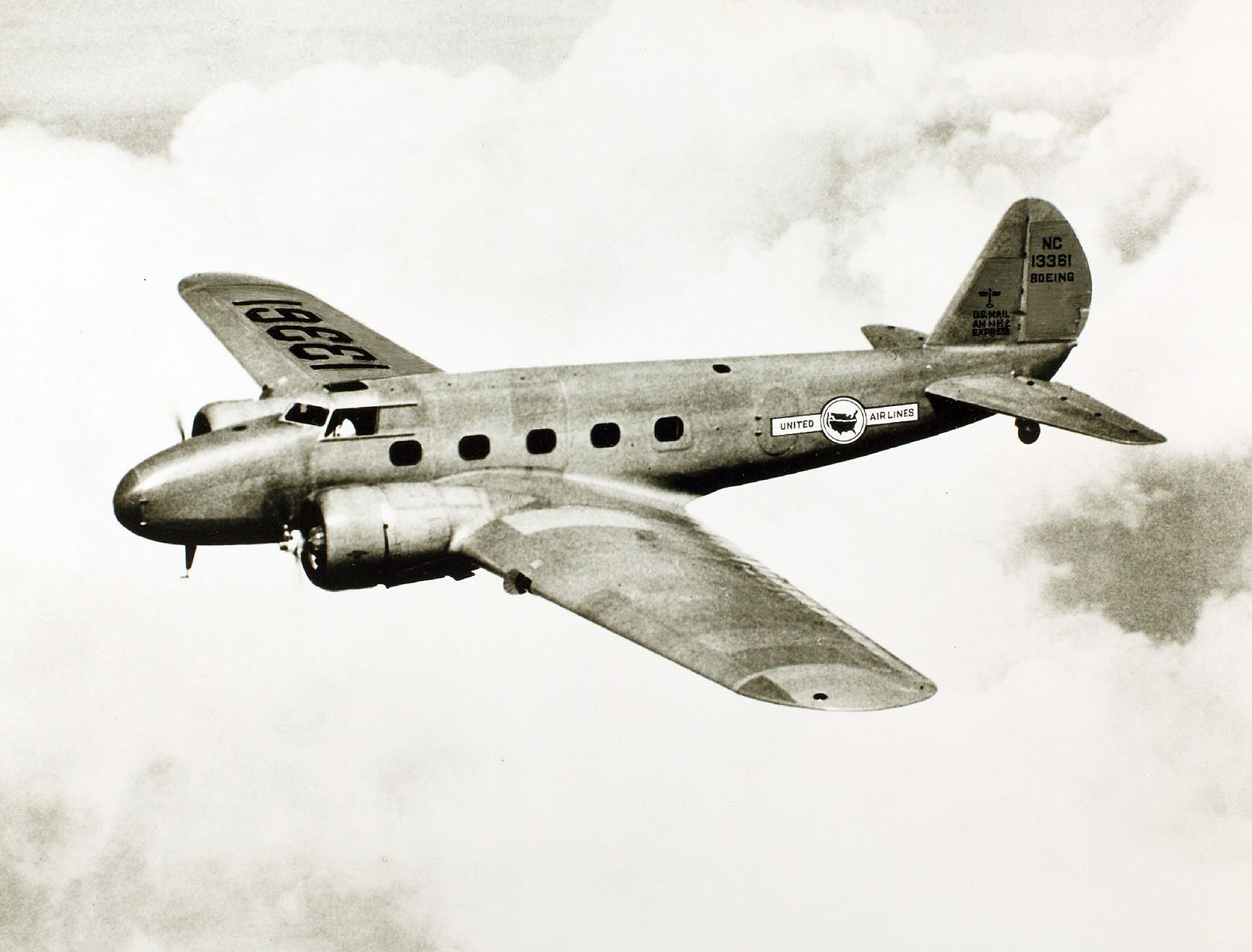
The Boeing Model 247 is considered the first modern airliner, with its all-metal construction, retractable landing gear, and streamlined design. Powered by two Pratt & Whitney R-1340 Wasp radial engines, each producing 550 horsepower, the Model 247 could carry 10 passengers at a cruising speed of 189 mph. It set the standard for future airliners, offering unprecedented comfort and efficiency. Despite being overshadowed by the larger Douglas DC-3, the Boeing 247 remains one of the most beautiful and historically significant aircraft in aviation history.
Vickers Vimy (1917)
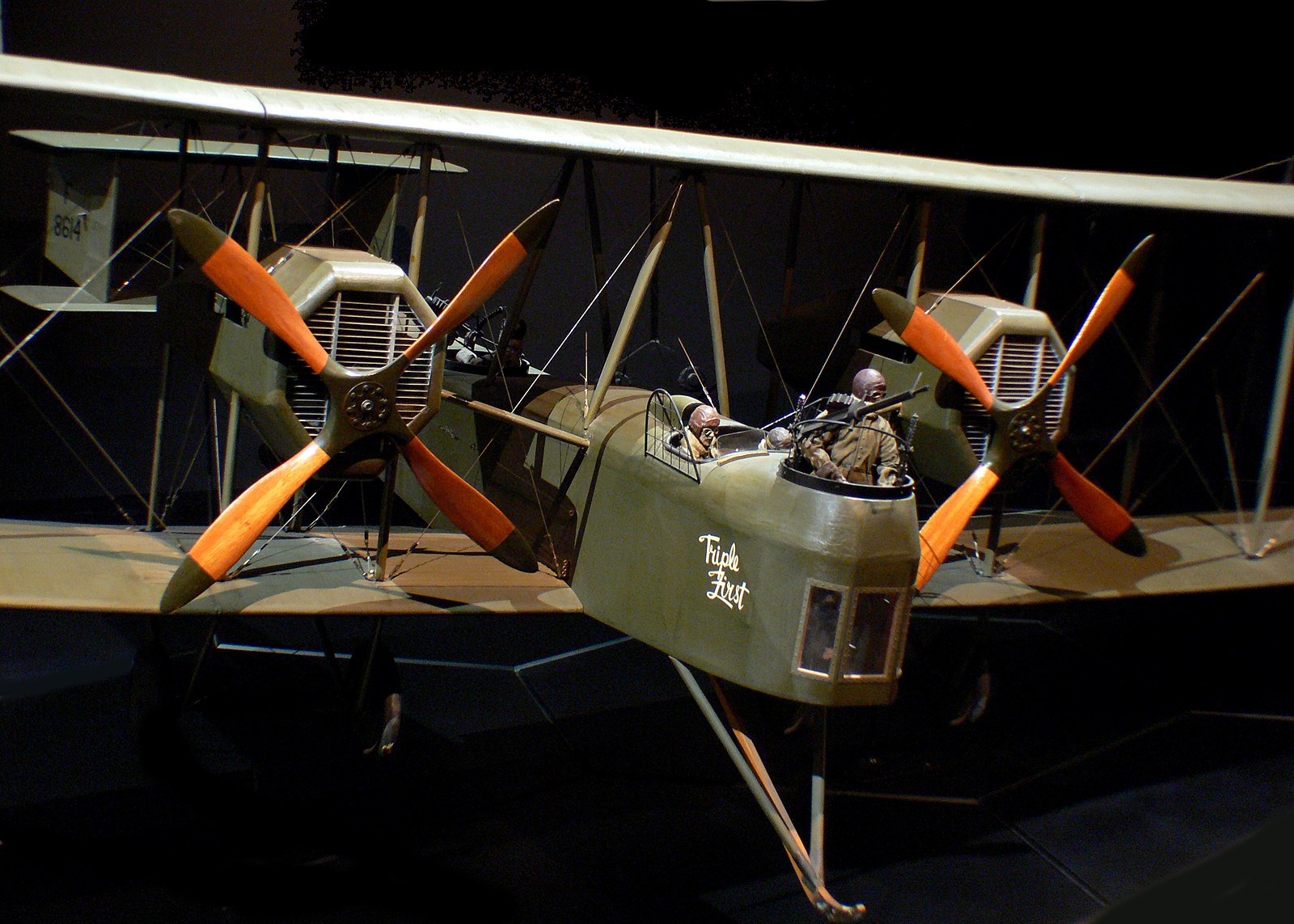
The Vickers Vimy is a classic British biplane bomber that became famous for its role in the first non-stop transatlantic flight in 1919. Powered by two Rolls-Royce Eagle engines, each producing 360 horsepower, the Vimy had a top speed of 100 mph and was used as a long-range bomber during World War I. Its large biplane structure, with a fabric-covered fuselage and open cockpit, gave it a distinctive vintage appearance. The Vimy’s place in aviation history and its pioneering achievements make it a beautiful example of early 20th-century aircraft design.
Fairey Swordfish (1934)
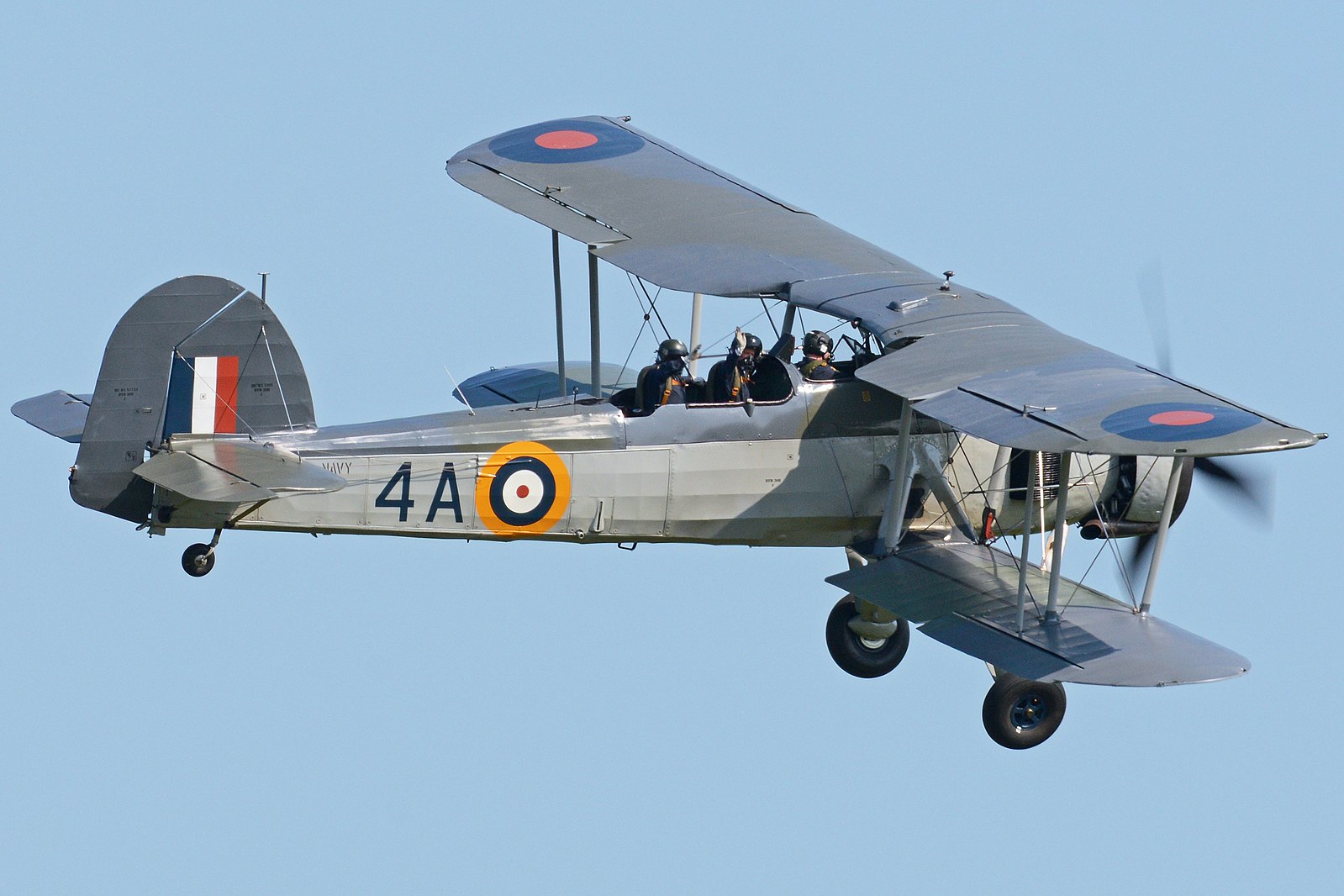
The Fairey Swordfish is a British torpedo bomber known for its rugged biplane design and crucial role in naval warfare during World War II. Powered by a Bristol Pegasus radial engine producing 690 horsepower, the Swordfish had a top speed of 138 mph and could carry torpedoes, bombs, or depth charges. Despite its outdated appearance, the Swordfish was highly effective in maritime operations, including the famous attack on the Italian fleet at Taranto. The aircraft’s graceful lines and historical significance make it a beloved example of vintage naval aviation.
Avro Lancaster (1941)
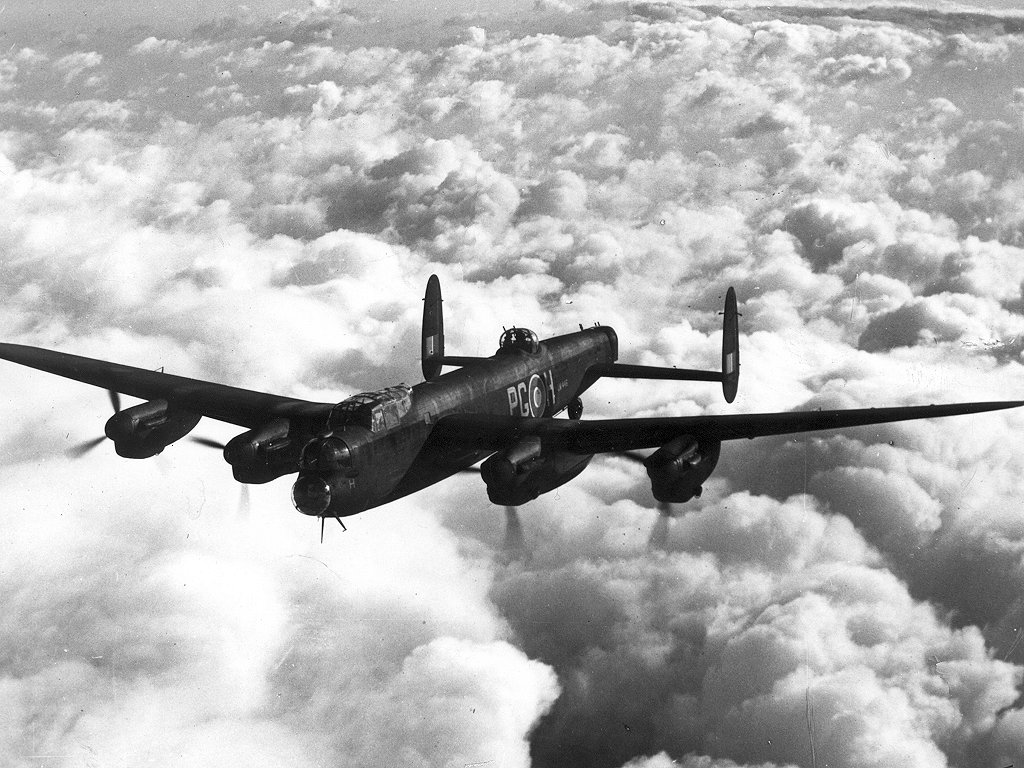
The Avro Lancaster is a British heavy bomber known for its sleek, powerful design and critical role in World War II. Powered by four Rolls-Royce Merlin engines, the Lancaster could carry up to 22,000 pounds of bombs and had a top speed of 282 mph. Its long, smooth fuselage and large wings gave it an elegant yet imposing presence. The Lancaster played a vital role in strategic bombing campaigns, including the famous Dambusters Raid. Its combination of beauty, power, and historical importance makes it one of the most iconic bombers of all time.
Lockheed P-38 Lightning (1939)
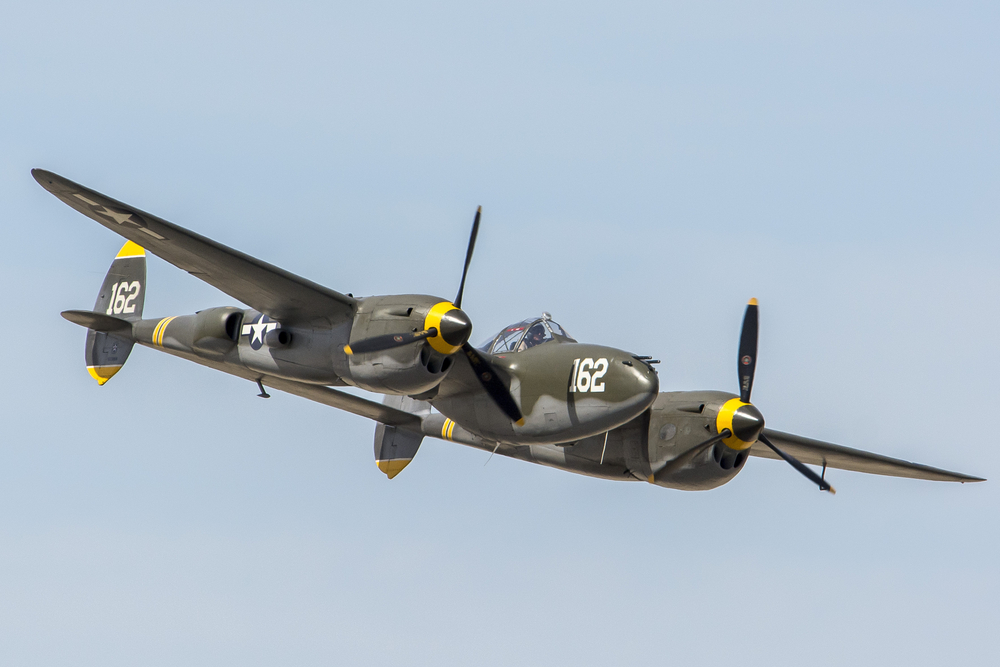
The Lockheed P-38 Lightning is a distinctive World War II fighter with its twin-boom design and central nacelle, giving it a unique and futuristic appearance. Powered by two Allison V-1710 V12 engines, the P-38 could reach speeds of 414 mph and had a range of over 1,300 miles. The aircraft was used in various roles, including fighter escort, reconnaissance, and ground attack. Its sleek, unconventional design and exceptional performance made it a standout in the skies, earning it the nickname “Fork-Tailed Devil” among enemy pilots.
Cessna 195 (1947)
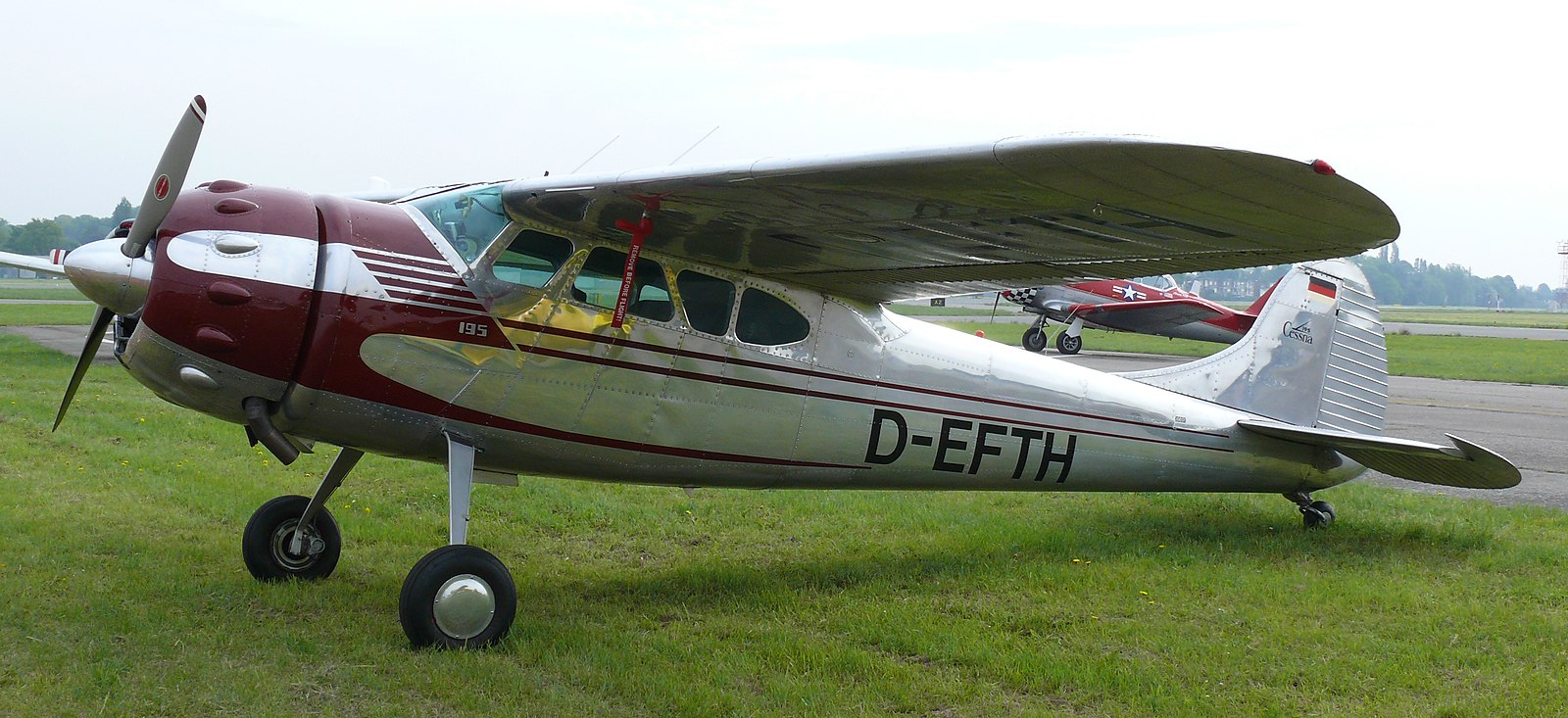
The Cessna 195 is a post-World War II classic known for its art-deco-inspired design and radial engine. Powered by a Jacobs R-755 radial engine producing 300 horsepower, the Cessna 195 could cruise at 170 mph and was used for both personal and business travel. Its high-wing configuration, rounded fuselage, and polished aluminum finish gave it a distinct, retro look that appealed to aviators in the late 1940s and early 1950s. The Cessna 195’s timeless design and smooth flight characteristics make it a beloved vintage aircraft among aviation enthusiasts.
This article originally appeared on MyCarMakesNoise.
More from MyCarMakesNoise
10 Ultra-Rare German Cars You’ve Probably Never Seen
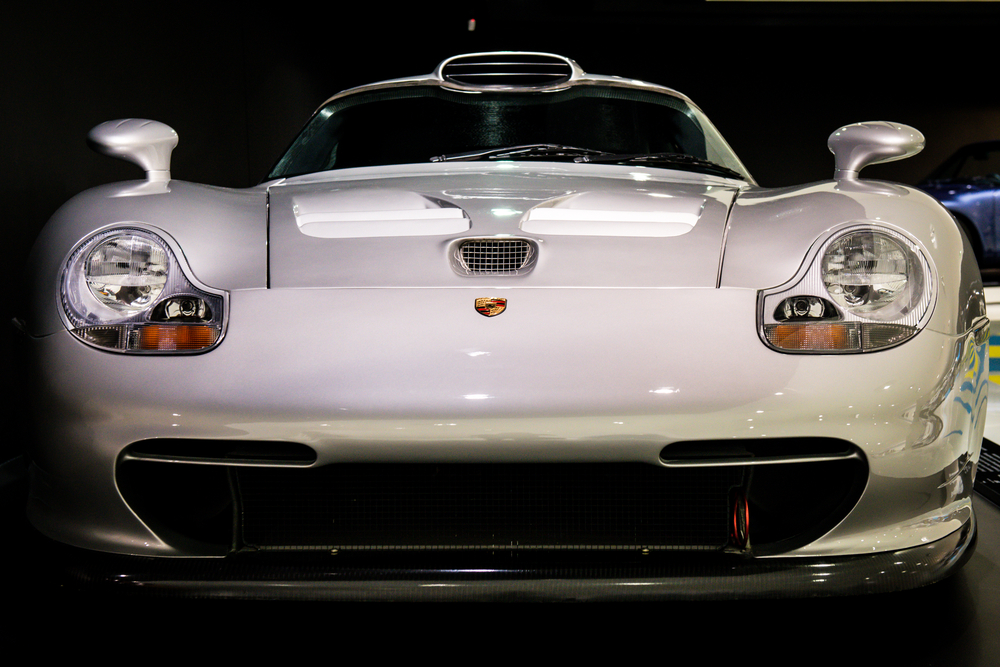
Germany is renowned for its rich automotive heritage, producing some of the world’s most iconic and rare vehicles. Read More.
10 Public Transit Innovations That Transformed American Infrastructure
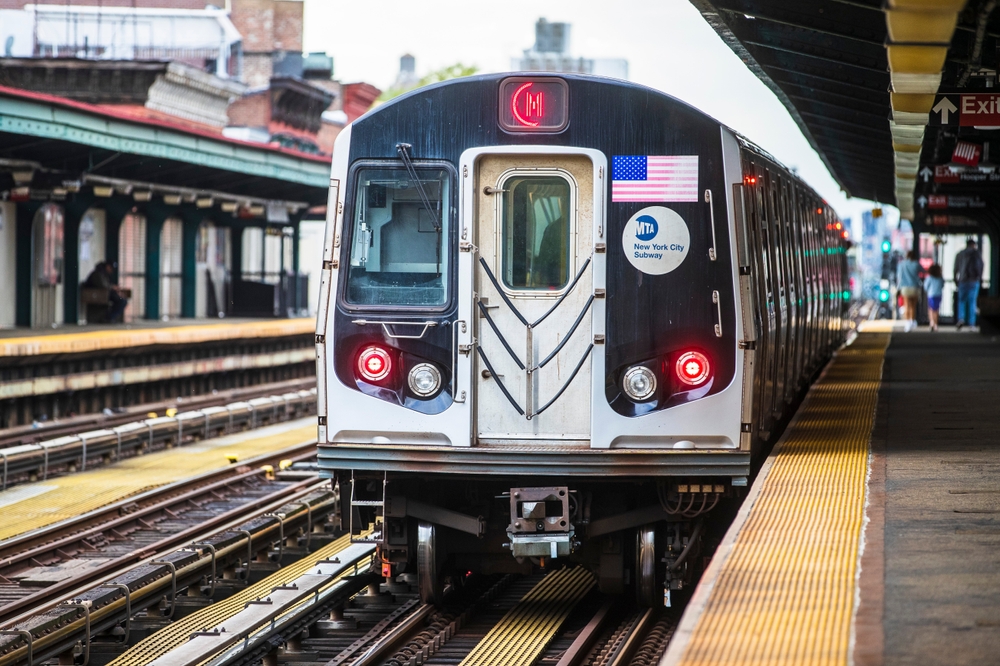
The United States has a rich history of public transportation, with various vehicles playing pivotal roles in shaping its urban landscapes and influencing the daily lives of millions. Read More.
13 Most Overhyped Cars That Failed to Deliver
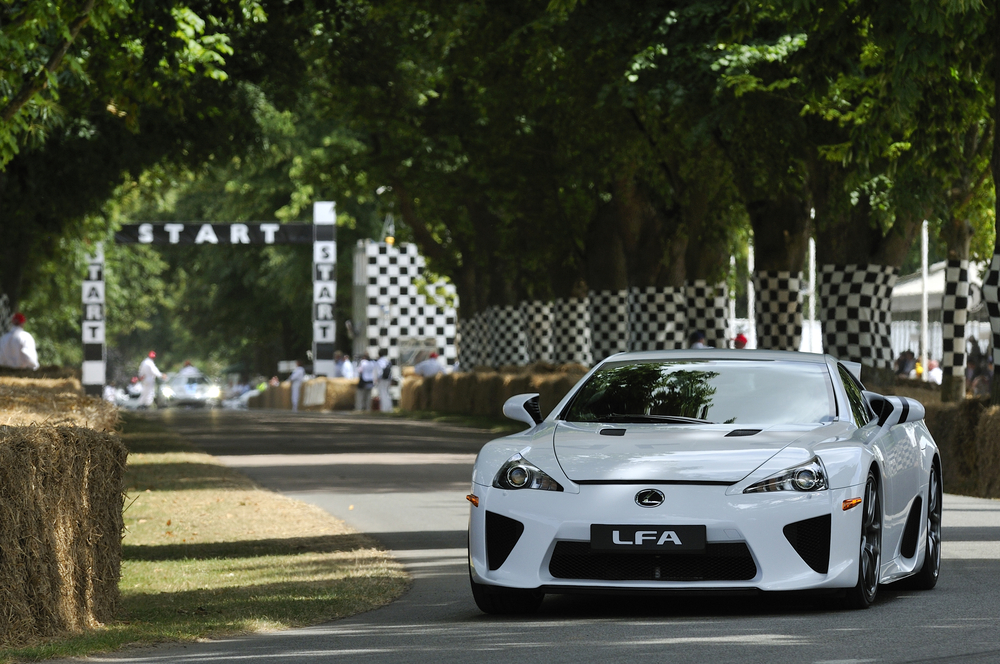
Whether it’s due to poor performance, reliability issues, or simply failing to resonate with buyers, these vehicles often become notorious examples of unfulfilled potential. Read More.

